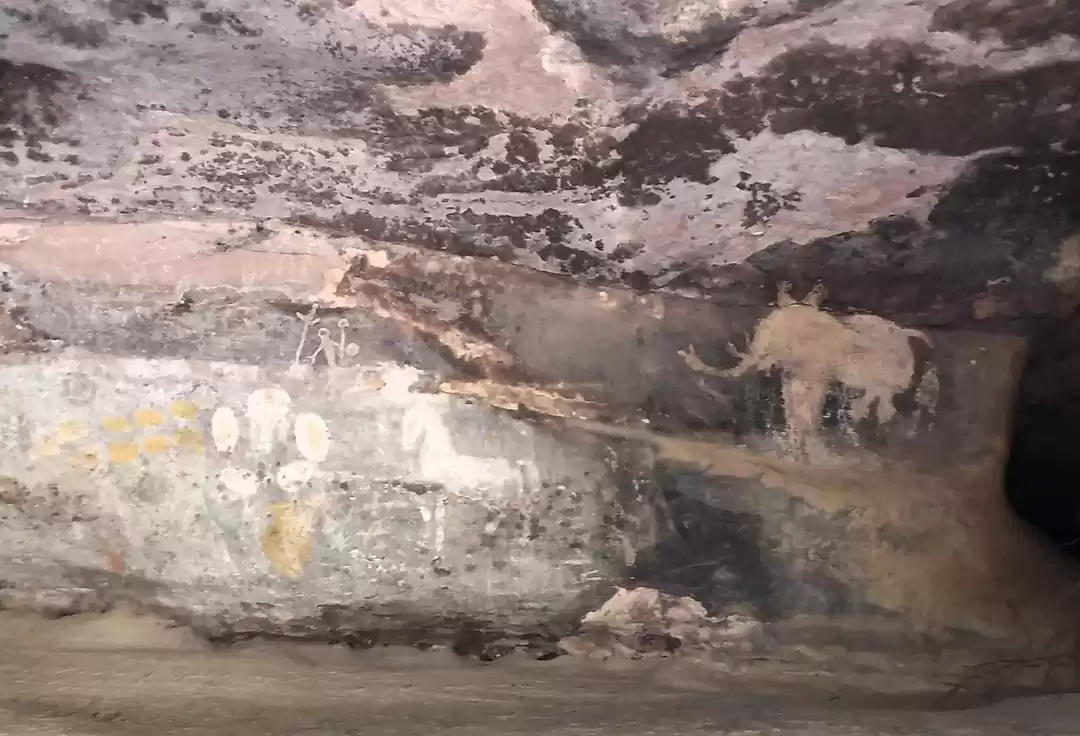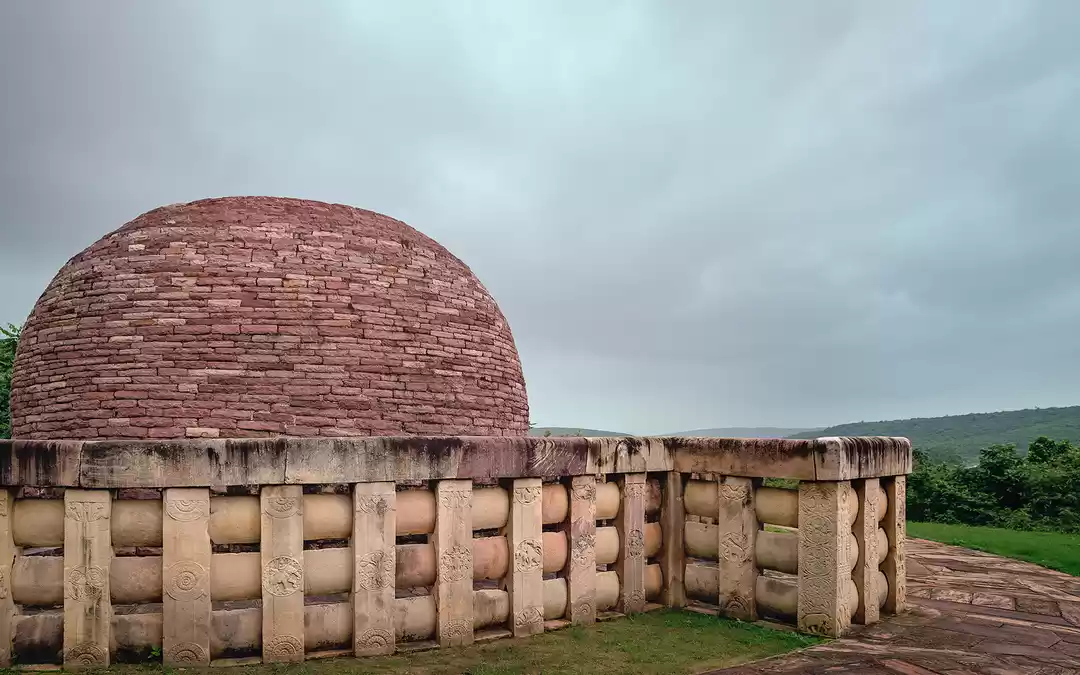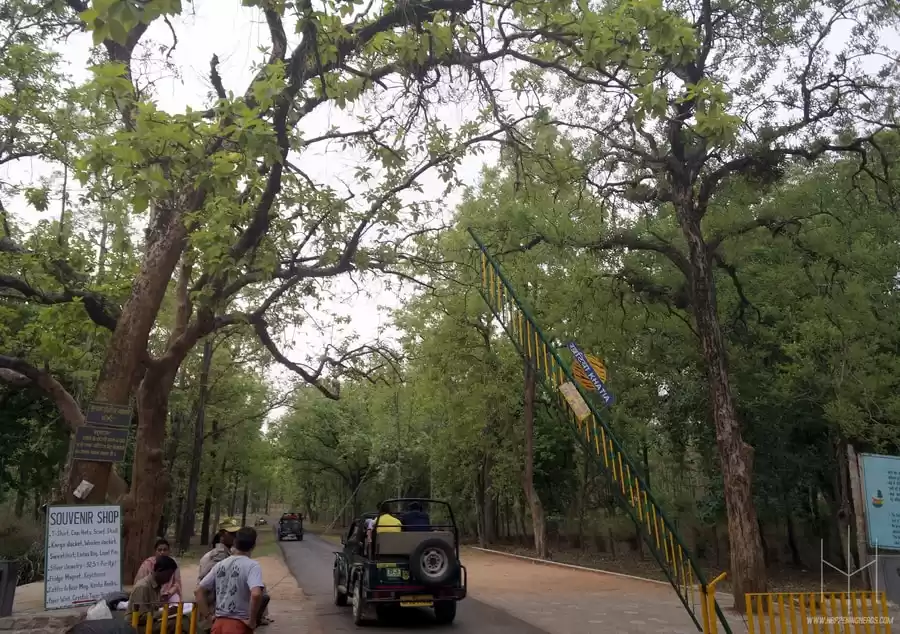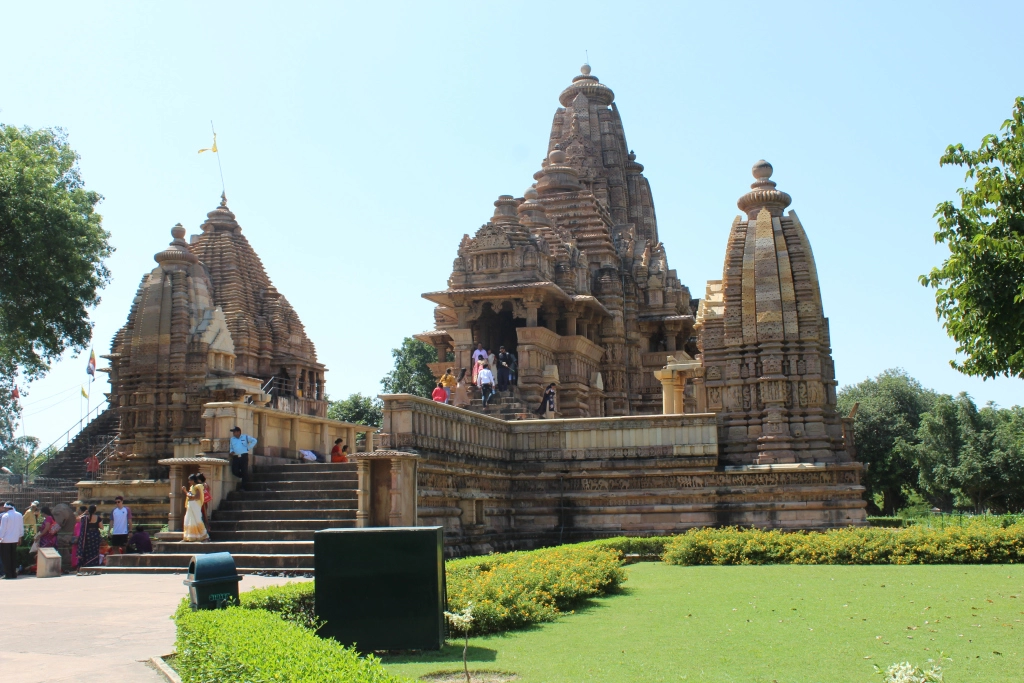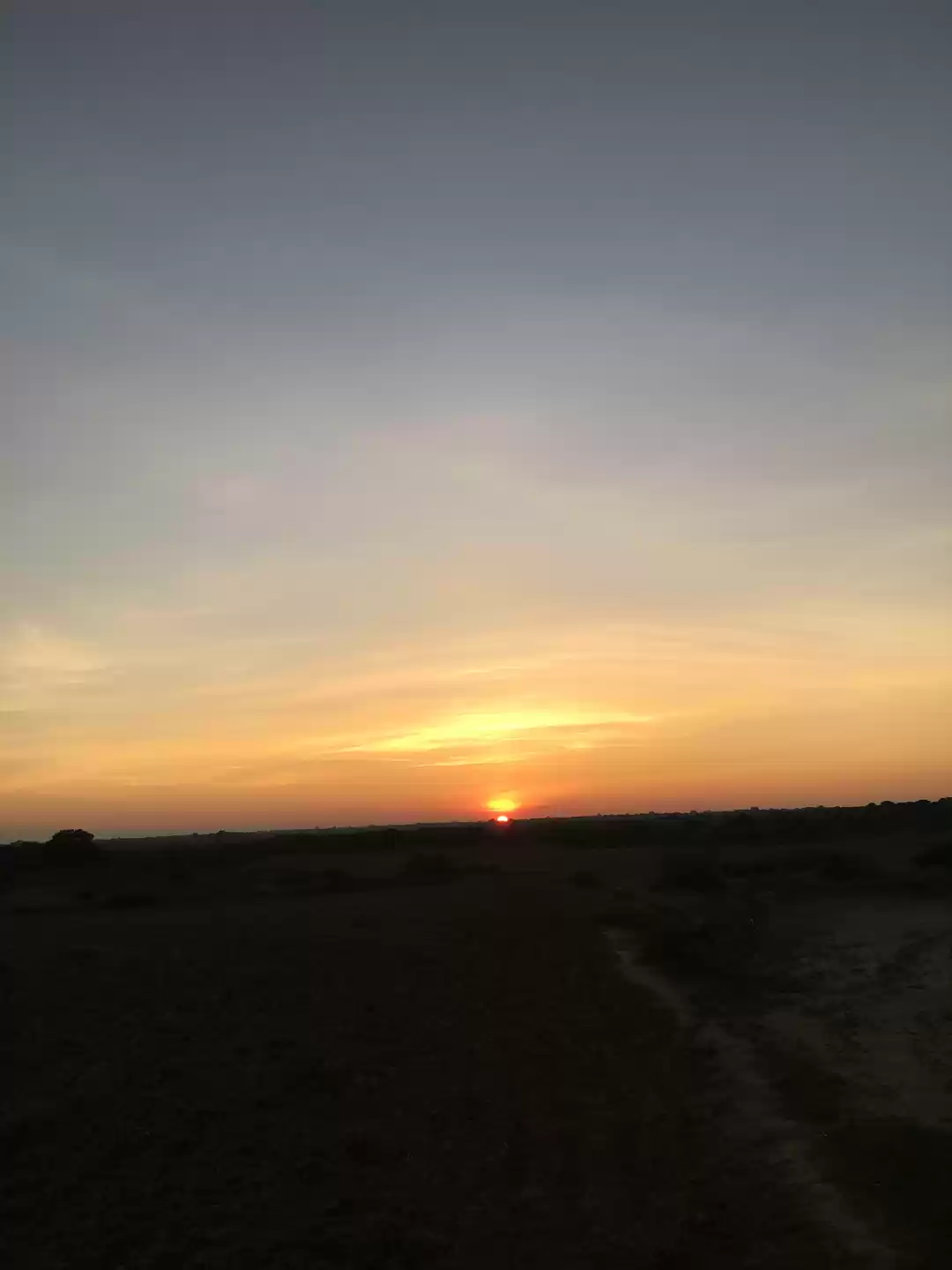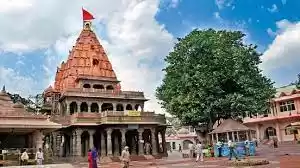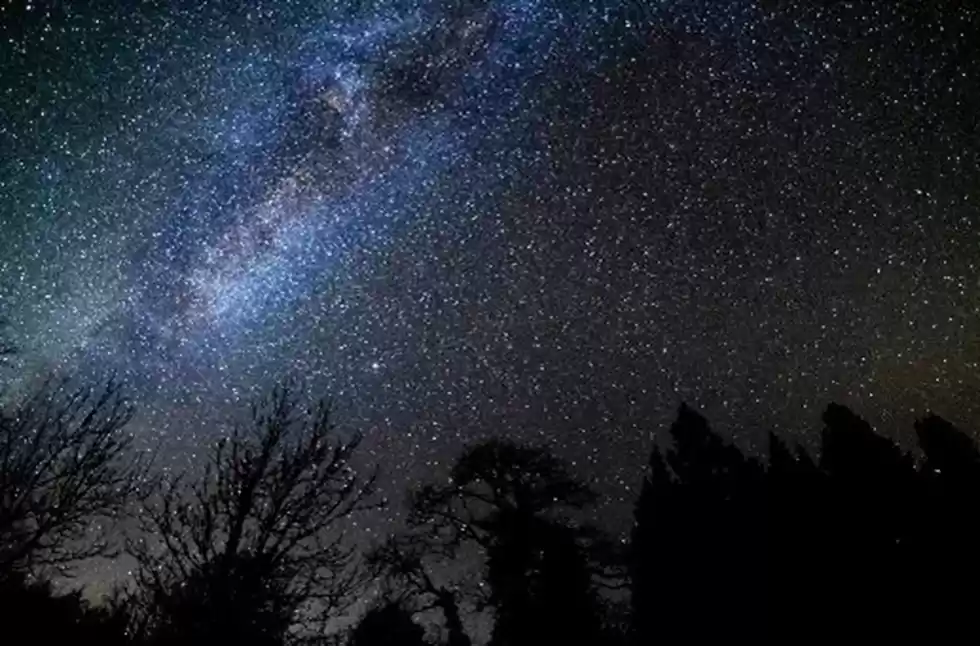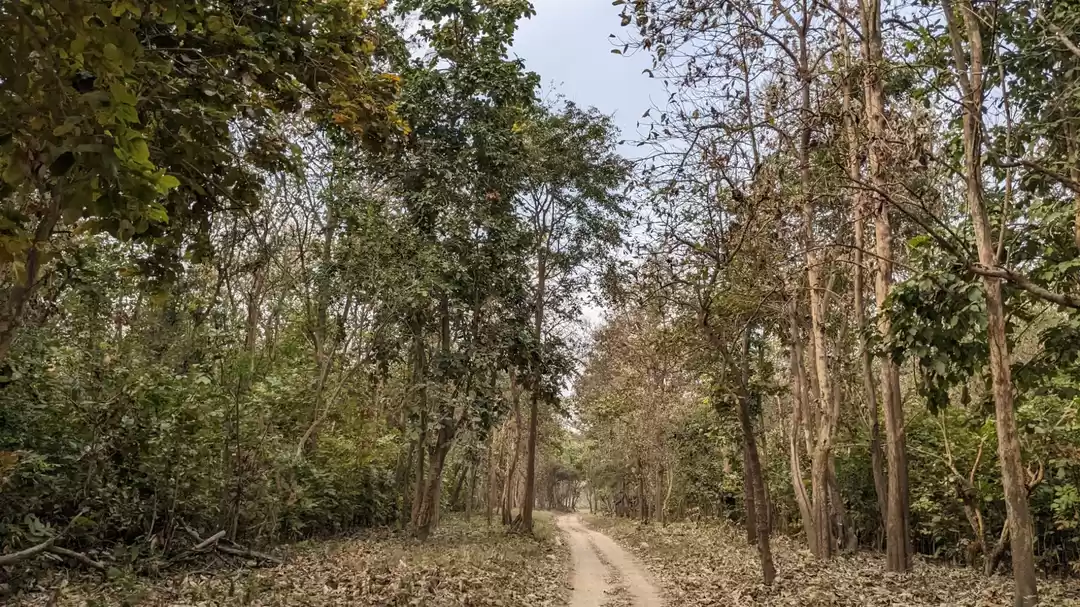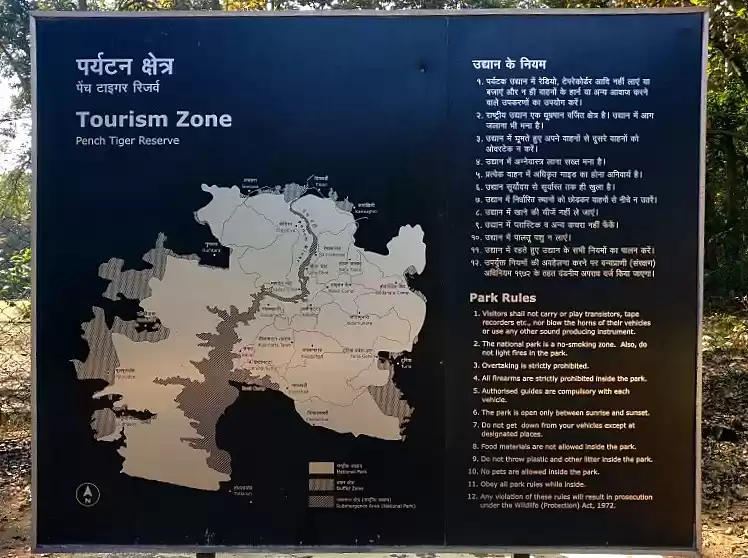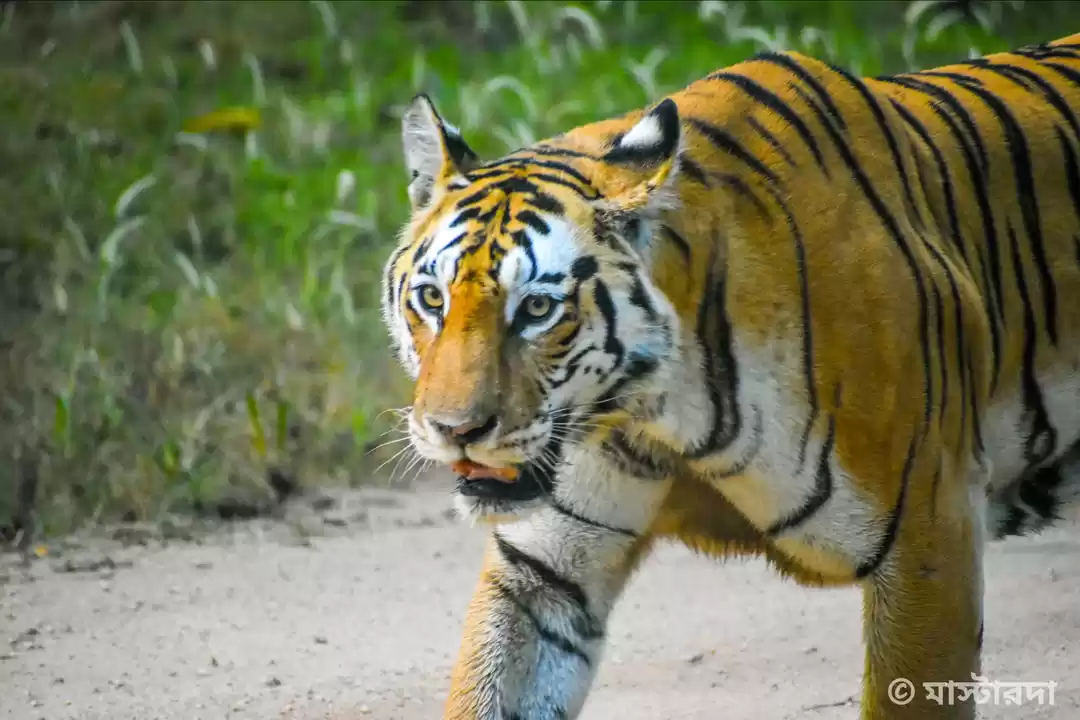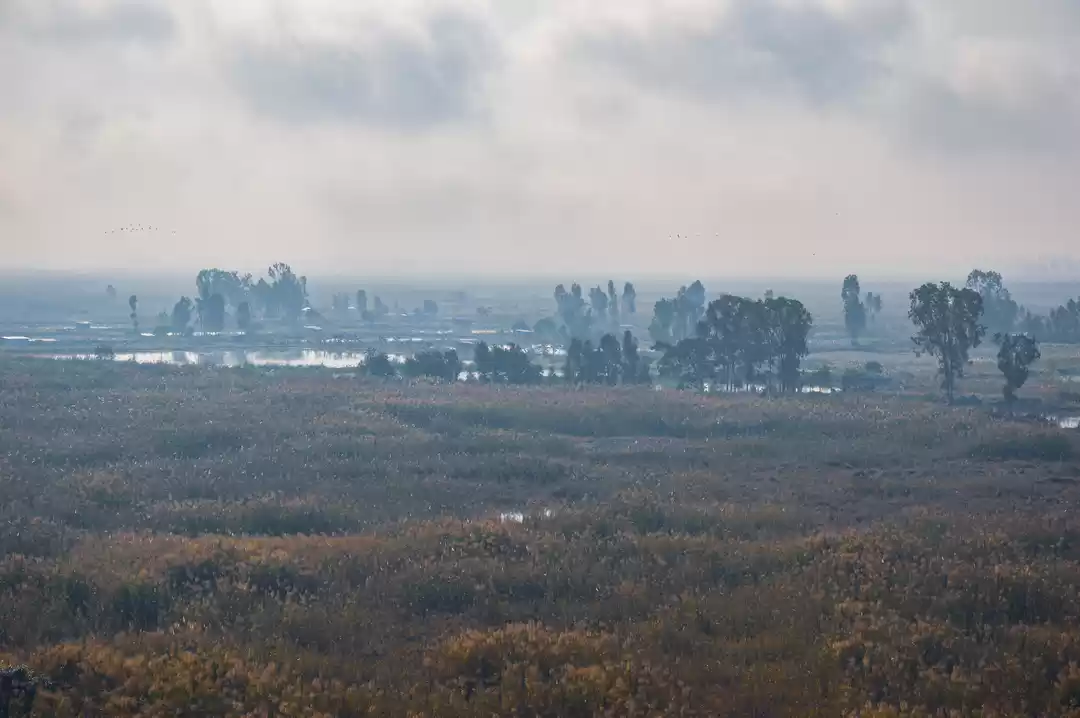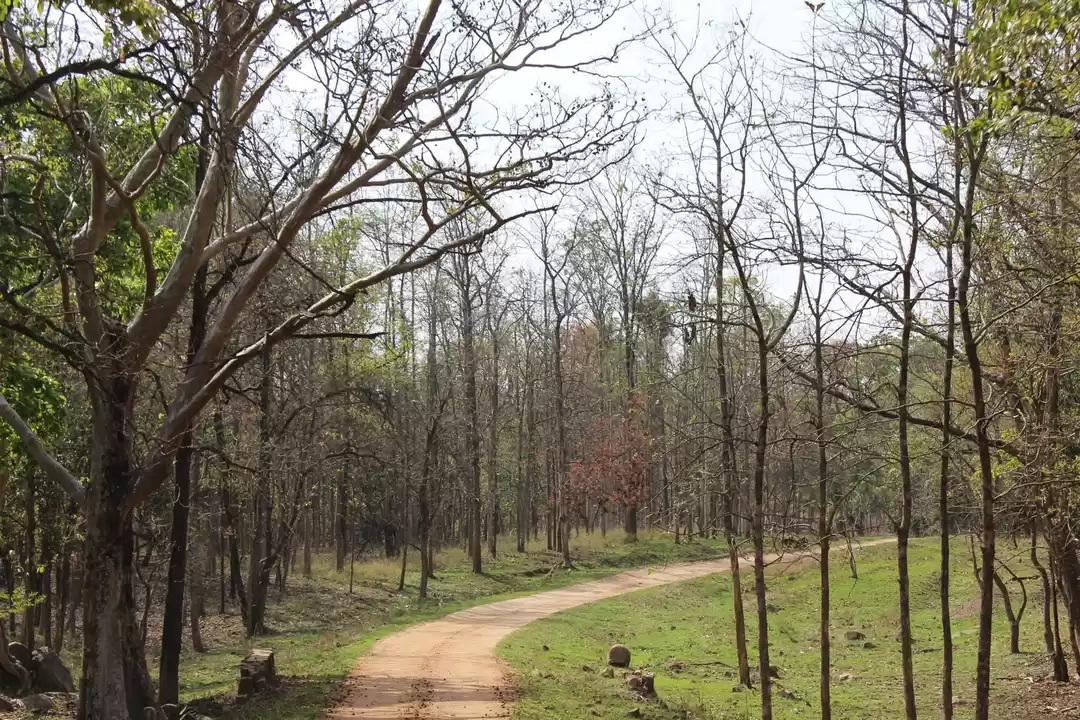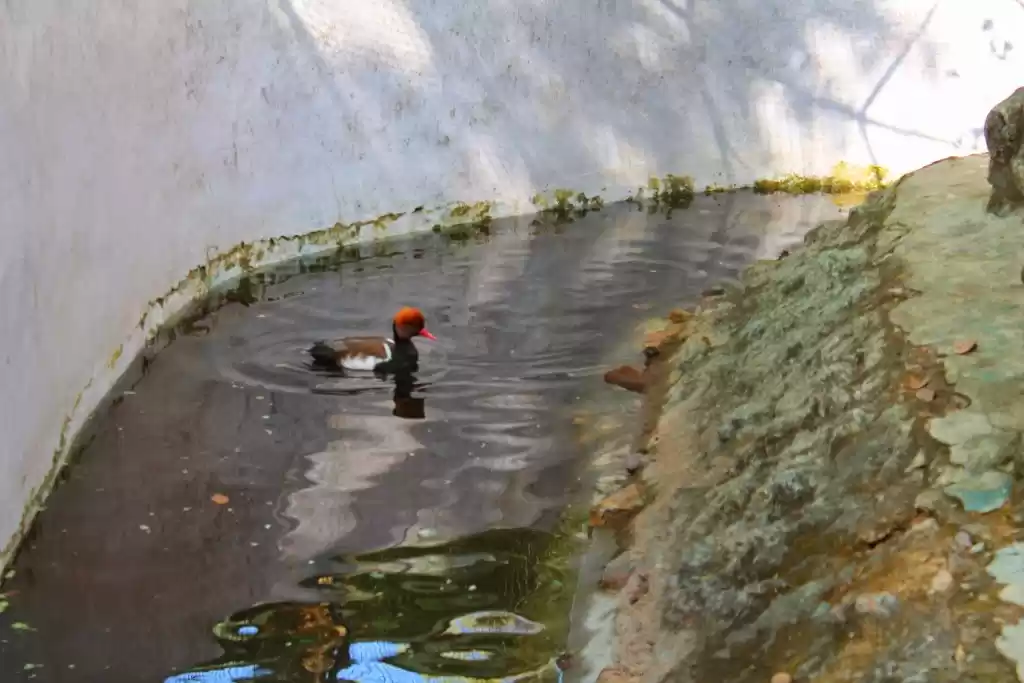Have you ever wondered what it would be like to explore the land of Mowgli, Bagheera, Baloo, and Shere Khan? If yes, then you should definitely visit Pench National Park, one of the most scenic and diverse wildlife destinations in India. Located in the heart of India, in Madhya Pradesh, Pench National Park is home to a variety of flora and fauna, including the majestic Royal Bengal Tiger.
It is also the place that inspired the famous novel ‘The Jungle Book’ by Rudyard Kipling, which later became a popular Disney movie and series. In this article, we will give you a complete guide to Pench National Park, covering its history, culture, wildlife, safari, and more. Read on to find out why Pench National Park should be your next travel destination.
History and Culture of Pench National Park

The name ‘Pench’ comes from the river that flows through the park, dividing it into two parts: the northern part in Madhya Pradesh and the southern part in Maharashtra. The river is named after a local word ‘pench’, which means ‘fish trap’, as it was used by the tribal people to catch fish. The tribal people belong to the Gond community, one of the largest and oldest indigenous groups in India. They have a rich and unique culture, with their own language, customs, art, music, festivals and a close relationship with nature.
The history of Pench National Park dates back to the 17th century, when it was part of the Mughal Empire. The Mughals used the forest as a hunting ground and built several forts and palaces in the region. Later, during the British rule, Pench became a reserved forest and was used for timber extraction and railway sleepers. It was also around this time that Rudyard Kipling visited Pench and was inspired by its beauty and diversity to write his famous novel ‘The Jungle Book’.
In 1977, Pench was declared a wildlife sanctuary and in 1983, it became a national park. In 1992, it was included in the Project Tiger, a government initiative to protect tigers and their habitats. In 2011, it was declared a tiger reserve, with an area of 292.85 sq km. Today, Pench National Park is one of the most popular and well-managed wildlife destinations in India.
Flora and Fauna of Pench National Park
Pench National Park boasts of a diverse and rich flora that creates a suitable habitat for various animals and birds. The park has four types of vegetation: tropical moist deciduous forest, tropical dry deciduous forest, southern tropical dry deciduous teak forest, and southern tropical mixed dry deciduous forest. The dominant tree species are teak, bamboo, mahua, salai, tendu, jamun, etc. The park also has several medicinal plants, grasses, shrubs, herbs, climbers, etc.
The fauna of Pench National Park is equally diverse and rich. The park is home to more than 50 species of mammals, 300 species of birds, 30 species of reptiles, 10 species of amphibians, 50 species of fishes, and several species of insects. The main attraction of the park is the Royal Bengal Tiger, which is estimated to have a population of around 50 in the park. The tiger is the apex predator in the park and plays a vital role in maintaining the ecological balance. The park also has other rare and endangered animals such as leopard, sloth bear, wild dog, gaur, sambar, chital, nilgai, four-horned antelope, etc.
The birdlife in Pench National Park is also very impressive and colorful. The park has some of the common and exotic birds that can be spotted in the park such as peafowl, hornbill, kingfisher, eagle, owl, parakeet, woodpecker, barbet, flycatcher, warbler, etc. The park also has some migratory birds that visit the park during winter such as pintail, wigeon, shoveler, teal, etc.
Safari and Other Activities in Pench National Park
One of the best ways to explore and enjoy Pench National Park is by taking a safari. A safari is a guided tour of the park in a jeep or a bus that allows you to see the wildlife and the landscape up close.
Safari Timings:
The safari timings are from 6 am to 11 am and from 3 pm to 6 pm. The safari zones are divided into two parts: the core zone and the buffer zone. The core zone has four gates: Turia, Karmajhiri, Jamtara, and Rukhad. The buffer zone has three gates: Khursapar, Sillari, and Wolf Sanctuary. The safari fees vary depending on the zone, gate, vehicle, and nationality of the visitor.
To make the most of your safari experience, here are some tips and suggestions
Best time to visit:
The best time to visit Pench National Park is from October to June, when the weather is pleasant, and the wildlife is more active and visible.
When to spot tigers and birds:
The best time to spot tigers is in the morning or evening, when they are more likely to come out for hunting or drinking water. The best time to spot birds is in the winter, when the migratory birds arrive in large numbers.
Best place to stay:
The best place to stay in Pench National Park is in one of the jungle camps or resorts that offer comfortable accommodation and amenities along with a view of the forest and the river.
Best way to reach:
By air: The nearest airport is Nagpur (92 km)
By train: The nearest railway station is Seoni (30 km)
By bus: The nearest bus stand is Khawasa (12 km).
Other activities that you can enjoy in or around Pench National Park such as:
Boat ride on Pench river: You can take a boat ride on the Pench river and enjoy the scenic beauty of the forest and the water. You can also spot some aquatic animals and birds along the way.
Camping in jungle camps or resorts: You can stay in one of the jungle camps or resorts that offer comfortable accommodation and amenities along with a view of the forest and the river. You can also enjoy bonfires, barbecues, cultural programs, etc.
Visiting nearby places: You can visit some nearby places that are worth seeing such as Pachmarhi (a hill station), Kanha National Park (another tiger reserve), Bhedaghat (a waterfall), Jabalpur (a city), Nagpur (an orange city), Khajuraho (a temple town), Agra (the Taj Mahal city), Bhimbetka (a rock art site), and Chhindwara (a tribal district).
Hotels and Resorts in Pench National Park
If you are looking for a place to stay in Pench National Park, you have plenty of options to choose from. There are some of the best hotels and resorts in Pench National Park that offer comfortable accommodation and amenities for different budgets and preferences. Some of them are Tuli Tiger Corridor, Pench Jungle Camp, Village Machaan Resort, Mahua Vann Resort and Pench Tree Lodge.
Pench National Park is a perfect destination for nature and wildlife lovers who want to experience the land of ‘The Jungle Book’. It offers a variety of attractions and activities that can suit every taste and interest. You can explore the history and culture of the park and its surrounding regions, witness the beauty and diversity of the flora and fauna, enjoy the safari and other activities, and relax in one of the hotels or resorts. Pench National Park is a place that will leave you spellbound and enchanted by its charm and splendor.
Also read: Why The Panna Pench National Park Needs To Be On Your Bucket List
So, what are you waiting for? Plan your trip to Pench National Park soon and enjoy its wonders.


























